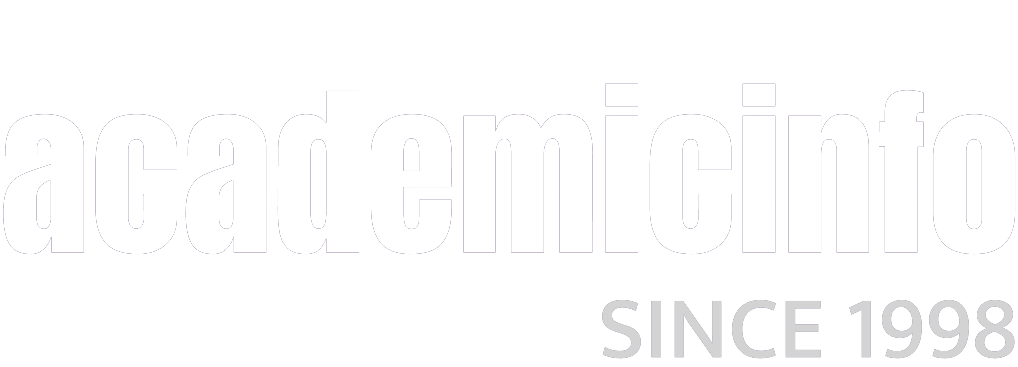What is the Common Application?
Back in 1975, a group of private colleges decided to create a standard college application form that could be used for all member colleges and universities. Rather than a prospective student having to fill out a different application form for all 10 colleges on her list, she could simply fill out one and send it to all of the colleges if they belonged to the Common Application organization. Common Application (or Common App as it’s called) colleges use a holistic approach to college applications, which means they look at subjective as well as objective criteria. They don’t just look at a student’s grades, class rank and test scores, they all take in more subjective nuances of a student’s application such as the recommendation letters and the college essay.
The 488 colleges and universities that belong to the Common Application come in all genres and sizes, from large public universities to tiny private liberal arts colleges and everything in between. Today, millions of Common Apps are sent every year, both online and print versions. Two forms of Common App exist, one for first year students and one for transfer students. Other common forms used in applying to colleges are also provided by Common Application, such as the School Report, Midyear Report, Optional Report, Final Report and Teacher Evaluation forms. These can be filled out online by guidance counselors and teachers or they can be printed, filled out and mailed.
Applying to colleges is a job in itself, the college search, keeping track of each college, its deadlines, forms required and getting letters of recommendation, writing essays and arranging college visits easily can consume a high school student’s time. Using the Common Application for applying to a variety of schools not only makes excellent sense, it streamlines the process and allows students a little breathing space in the busy senior year.
Colleges and universities that use the Common App also require supplemental forms that are specific to that school. Filling out the supplemental forms is required and the application is considered incomplete without them, so be sure and fill out all the required forms. One thing colleges look at in applicants is a good fit between the college and the student. One thing colleges want to know from a student is why they have chosen this school. Why is Undergrad College a good fit for the student? Colleges also want to know if the applicant has something to offer the school as a member of the college community.
About a third of Common Application colleges use only the Common App in its application process. The others also have a separate proprietary application for each specific school. These colleges are required by the Common App organization to give equal weight to both of the applications, the Common App and the proprietary. Admission officials reveal that using either application is fine, they do not discriminate against either one.
When you’re doing the college research necessary to choosing colleges to apply to, take a look at the admissions section of the college’s Web site to see if that college uses the Common App. You’ll want to create a folder for each college you’ll be applying to, and keep all the pertinent information about that college in the college’s folder. Keeping track of all of a college’s deadlines and requirements is part of the college search job for seniors in high school. It will make the college application process significantly easier. If you can use the Common Application for most of the colleges on your list, so much the better. Streamlining the process as much as you can will save you a great deal of stress and anxiety.
In summary, whether you’re a prospective first year student or a transfer student, using the Common Application will make the college application process easier and more efficient. Be sure, however, to send in not only the Common App but any supplemental forms each college may require. Forgetting or neglecting this element of applications could cost you being accepted.
